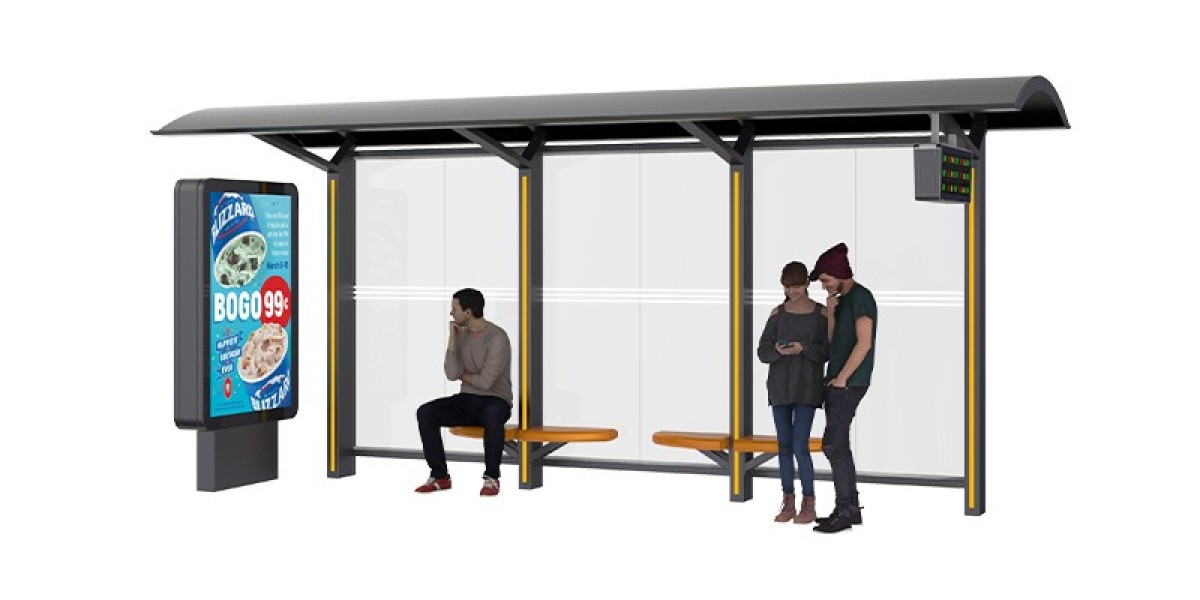Enhancing Public Transportation Efficiency
Bus stops play a pivotal role in the efficiency of public transportation systems. Strategically located bus stops ensure that passengers have easy access to transit services, reducing wait times and promoting higher ridership. By providing reliable and convenient access points, bus stops contribute to a seamless travel experience. Moreover, well-designed bus stops equipped with real-time information systems allow passengers to plan their journeys effectively, thus optimizing the overall flow of urban traffic.
Promoting Accessibility and Inclusivity
A well-planned network of bus stops is essential for promoting accessibility in urban areas. They cater to a diverse demographic, including the elderly, disabled individuals, and families with children. Features such as ramps, shelters, and seating areas at bus stops enhance the user experience and ensure that public transportation is inclusive for all. By prioritizing accessibility, cities can encourage more residents to utilize public transport, thereby reducing reliance on personal vehicles and contributing to a more sustainable urban environment.
Supporting Sustainable Urban Development
As cities strive to become more sustainable, bus stops are integral to the development of eco-friendly urban transport solutions. They encourage the use of public transportation, which is generally more energy-efficient than private vehicles. By facilitating greater use of buses, urban areas can lower emissions and reduce traffic congestion. Additionally, bus stops can be designed to integrate with other modes of transport, such as cycling and walking paths, further promoting an environmentally friendly lifestyle.
Creating Community Spaces
Beyond their functional role, bus stops can also serve as community hubs. Thoughtfully designed bus stops can incorporate public art, greenery, and digital displays that provide information about local events and services. This transformation turns bus stops into vibrant gathering places that enhance community interaction and foster a sense of belonging among residents. By investing in aesthetically pleasing and functional bus stops, cities can enrich the urban experience and strengthen community ties.
Conclusion
In conclusion, bus stops are vital elements of urban infrastructure that significantly impact public transportation efficiency, accessibility, and sustainability. They serve not only as functional waiting areas but also as community spaces that foster social interaction and promote eco-friendly practices. By recognizing the importance of bus stops, city planners and policymakers can make informed decisions that enhance urban living and contribute to the overall well-being of their residents.








